News Backgrounder
No silver linings for India’s airlines beyond the virus
June 1st 2020
This year opened on a grim note for India’s airlines. As the Indian economy slowed in 2019, there was a sharp drop in passenger traffic for the year. Read More » After expanding by double digits for many years, 2019 was the first year of the previous decade when air traffic dropped into single figures. The only silver lining for many of the airlines was the closure of Jet Airways in April 2019, which provided some reprieve for all other carriers as the slots vacated by Jet were filled by the rest.
By January, airlines were hurting from the lower traffic numbers from April to December 2019. So the last thing they needed was the COVID-19 outbreak that brought flights to a halt by the end of March.
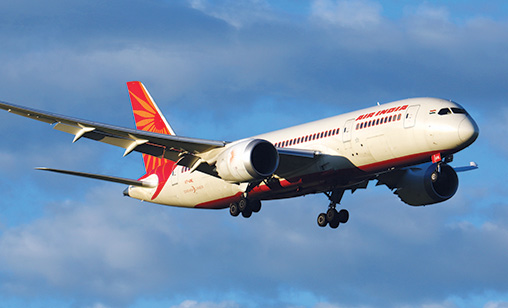 |
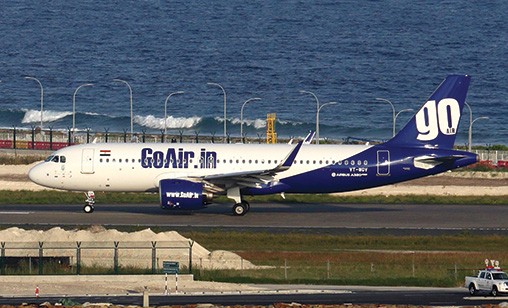 |
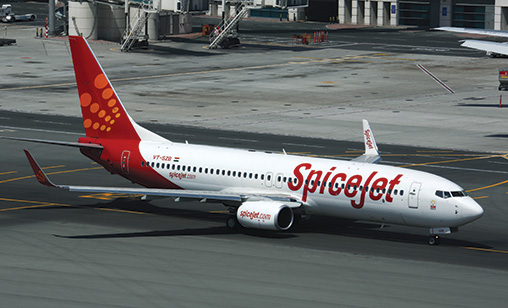 |
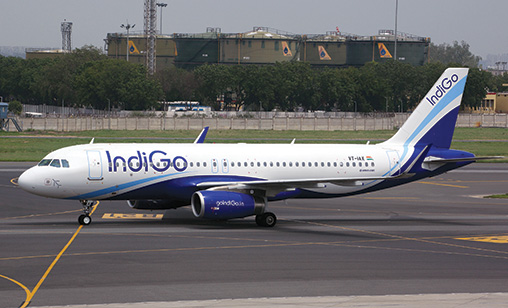 |
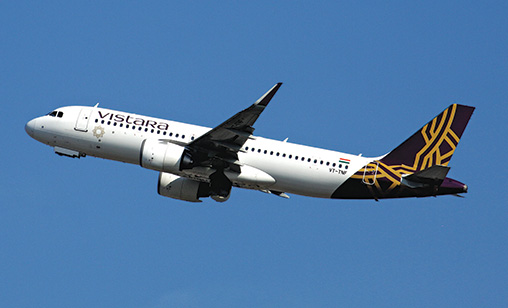 |
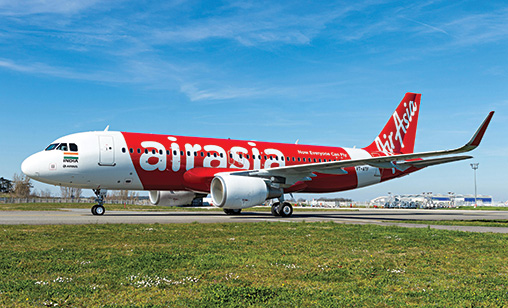 |
Last year was challenging for many individual Indian carriers in spite of Jet’s collapse. In June-July 2019, the country’s largest and most successful airline, IndiGo, was wracked by an internal fend between its founders, a spat ugly enough to batter its stock and distract management attention for a while, but a reasonably stable senior leadership ensured the carrier stayed more or less on course.
The year also was not particularly kind to the big elephant in the room - Air India. The airline’s net loss for 2018-2019 was Rs 8,400 crore (US$111.11 million) against total revenue of Rs 26,400 crore. Throughout the year, the airline had 20 to 25 aircraft on the ground. At some stage during 2018 and after Jet’s demise, Air India had hoped to lower its losses for the year and even post a small operating profit. It did not happen. At the same time, government efforts to sell off its flag carrier made no progress.
India’s other major carriers, Vistara, GoAir, SpiceJet and Air Asia India continued to expand throughout 2019, buoyed by Jet’s collapse. But none of them was able to strengthen their balance sheets, despite reasonable expansion, due to heavy pressure on fares and lower traffic as a result of the economic slowdown. Margins remained wafer thin and most of the country’s carriers were unable to add to their surpluses.
It was against this shaky backdrop that India’s airlines faced the unforeseen tsunami that 2020 had in store for them: a complete shut down of operations at midnight on March 24, 2020. Faced with parking 670 aircraft (40 aircraft are expected to be added to the country’s fleet in the next two years), while paying more than 70,000 employees, the airlines sought support from the Indian government, petitions that so far have failed to result in any targeted cash relief for the industry.
Meanwhile, the problems faced by different airlines continued to grow with the passing weeks.
Perhaps the biggest challenge faced by the Indian authorities is how to keep Air India’s head above water in the present circumstances of global aviation. The big elephant in the room has now become a noose around the government’s neck. The airline needs almost Rs 10,000 crore to survive the next few months, according to Center for Asia Pacific Aviation (CAPA) India estimates and by analysts in the sector.
This situation has developed as pressure on government finances from the COVID-19 pandemic has been more severe. There is debate about a government using its funds to keep an airline going rather than supplying essentials and food to a large part of the country’s population, many who run the risk of starvation.
Air India
The Air India sale, which has seen one failure in the BJP-led NDA’s tenure, is also one of the “spotlight” sales in the country’s disinvestment program. The government has upped the ante for the sale by putting key people in charge. According to a former aviation secretary: ”This government has staked a lot on the sale by putting the country’s second most important person in charge of the sale, the home minister Amit Shah”. If the sale fails despite Mr Shah being in the cockpit, “the government will have egg all over its face”.
In the absence of any buyers, the government has been exerting pressure on Tata group – which runs both Vistara and AirAsia India - to take it over. In fact this pressure has subtly been applied since 2014, when the then minister of state for civil aviation, Jayant Sinha, met Tata senior management in Mumbai and suggested they take charge of the national carrier.
GoAir
On May 25, when all Indian airlines resumed operations, Mumbai-headquartered GoAir decided to adopt a wait and watch policy. The airline has been reeling from its own woes for a while. Problems with the A320neo continued to persist as did its eternal difficulty of retaining talent.
But analysts feel that GoAir’s crisis runs deeper with the promoters barely interested in running the show. “While the father-son duo are keen to earn a return on their investment, time and effort, neither is particularly interested in running the airline”, says a former CEO of the carrier, on condition of anonymity. With CEOs and HR heads of the airline changing with unerring regularity, the airline is rudderless. In the lockdown it stopped paying virtually all employees barring a few engineers required to keep its aircraft in running condition.
SpiceJet
In a relentless pursuit of growth post the demise of Jet Airways, SpiceJet’s Ajay Singh finds himself with more aircraft than ever. SpiceJet has 112 planes in its fleet. The airline is living hand to mouth with cash balances running at all time lows. The airline also had its own share of problems with the MAX grounding pre-pandemic. Many argue the turnaround king is in serious trouble this time around and he too will find it hard to pull out rabbits from his magician’s hat. During the lockdown and post it, SpiceJet has been relying more and more on cargo operations, some on behalf of the government and paid from the tax payer purse. It also has introduced pay cuts across grades. Industry observers however feel SpiceJet’s chances of survival are higher than GoAir’s, mainly on account of the committed of the management.
IndiGo
While IndiGo remains the strongest player in terms of its deeper pockets and steadier management than most of its rivals, the airline has had the worst two years since its inception. The spat that erupted between the airline’s two chief corporate pilots – Rahul Bhatia and its U.S. promoter, Rakesh Gangwal – continues to eat into the mind space of the founders at a time when international arbitration is underway. In addition, the airline lost one of its two wings so to speak, as Gangwal remains distanced from the running of the carrier.
The airline is in the hands of a competent but ageing team. CEO Rono Datta, primarily is a full service airline expert, with little hands on experience with low-fare carriers. In fact many argue the age of the top team reflects the inability of Indian carriers to find the right homegrown talent even today.
The other senior team members include president and chief operating officer, Wolfgang Prock-Schauer, and chief commercial officer, William Boulter. The Indian senior management is a bit younger, including a recently appointed chief financial officer, Aditya Pande, chief strategy and revenue officer, Sanjay Kumar, who recently returned to the airline after a short stint with AirAsia India and Sanjeev Ramdas, EVP, customer services, among a few others. IndiGo had put in place a robust international expansion plan pre-COVID, which will now have to be revised dramatically.
Vistara and AirAsia India
The two Tata ventures in the aviation space operate as chalk and cheese although they often end up competing in a domestic market that remains entirely fare driven. Within a few weeks of lockdown, rumours were rife that the Tatas may abandon the rockier of the two ships – AirAsia India – a venture that has appeared jinxed from the word go. Both airlines started flights on May 25, the day the resumption began and had also introduced graded pay cuts. Analysts have bet their money on Vistara over AirAsia India in terms of survival and success, based almost entirely on the maxim slow and steady wins the race.